Photografical collection Emilio Sommariva
The Emilio Sommariva Archive, acquired in 1979 from the Braidense National Library by the photographer's heirs, collects the entire archive of the photographic studio and related paper records from 1904 to 1973.
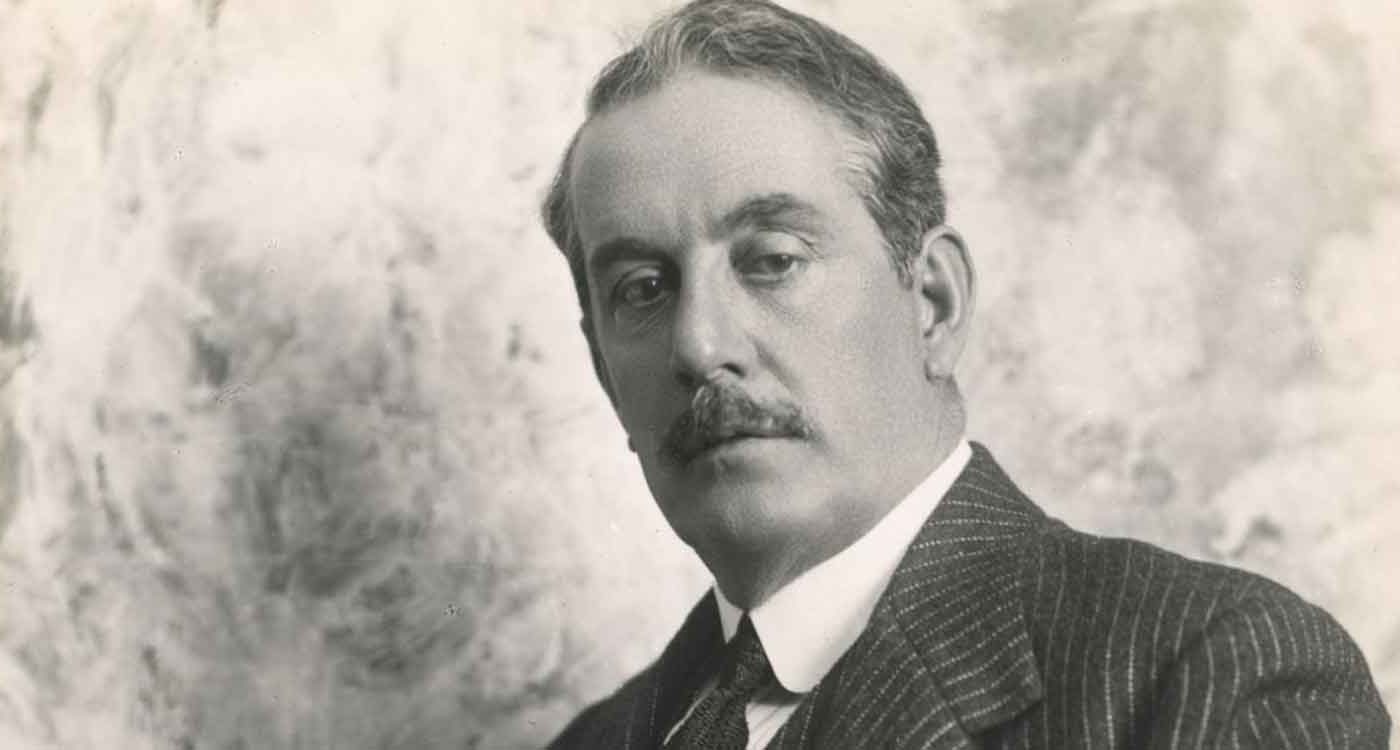
The exceptional nature of the collection is due to the particular relevance of Emilio Sommariva in the panorama of European photography and to the rare organicity and completeness of the material received, as well as to its remarkable numerical consistency.
It consists of 5,405 photographic prints (including 2,561 prints purchased by the Ministry in 2004 from the son of one of Sommariva’s students) and about 50,000 negatives mostly on glass plate, also Inventory Books and Alphabetical Rubrics for a total of ten handwritten volumes, which are of fundamental importance for dating photographic materials. Added to this are records of European and non-European photographic competitions in which Sommariva participated, frequently winning top prizes, and also studio materials and optics, etc.
The prevailing photographic subjects that characterize the Fund are portraits, views and reproductions of works of art.
Between 1910 and the end of the 1930s-the central decades of Sommariva’s work and reputation as a portraitist, now of international standing-he photographed the finest names of the aristocracy, the bourgeoisie and the political, cultural and artistic worlds, theater actresses and early film divas. Individual portraits or family groups of which the Fund often collects the entire course of posing sequences, from selected or discarded plates to original prints.
The people portrayed range from the royal family to divas Lyda Borelli, Irma Gramatica, and Maria Melato, from Nobel laureate Rabindranath Tagore to musicians Puccini, Zandonai, Respighi, Pizzetti, etc., from medical well-wishers Mangiagalli and Perussia to architect Luca Beltrami, from Mata Hari to Filippo Turati, from Umberto Boccioni to Filippo Tommaso Marinetti to Gaetano Previati, etc.
Sommariva’s photography studio executes urban views in Milan for chronicle and documentation purposes; but it is especially in the photographic campaigns carried out throughout Italy, sometimes for the Italian Touring Club, that the author’s talent as a landscape painter is confirmed at the highest international level.
Of great photographic quality, as well as high documentary value for the history of Italian art, are the reproductions of paintings, sculptures, artifacts and architecture executed by Sommariva in the same decades and up to the end of his life.
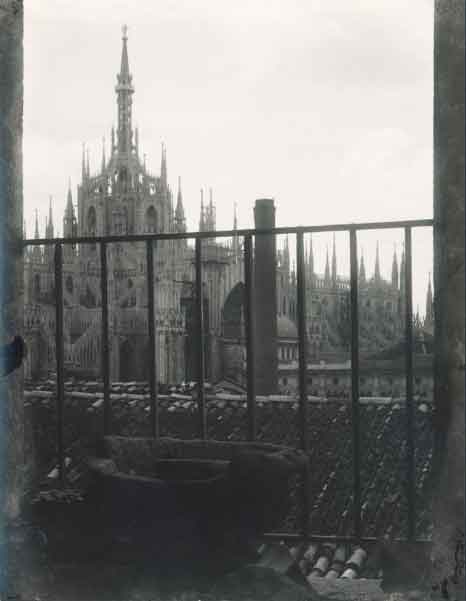
Emilio Sommariva, "Veduta da Palazzo Spinola del Duomo di Milano con la ciminiera della centrale elettrica di via Santa Radegonda", 1910
Sommariva digitized
From 2001 to 2010, a complex redevelopment of the Fund was carried out-with a special appropriation from the Ministry of Cultural Heritage and Activities and a generous contribution from the Fondazione Cassa di Risparmio delle Provincie Lombarde-a complex intervention to bring the Fund in line with museum conservation and ministerial cataloguing standards. The work of studying, reorganizing, cataloging, restoring and digitizing the Fund was aimed at creating a database (cataloging cards “F” with digital images) that now includes 17,814 cards of individual phototypes and 1331 cards concerning groups of negatives.
The ten manuscript volumes comprising the Sommariva photography studio inventory and related alphabetical rubrics are cataloged in Manus on-line.
The 17,814 cards accompanied by their images can be viewed in Internet Culturale
Scans of the Sommariva Studio’s inventory books (5 inventory books and 5 rubrics), which allow further research on negatives not individually filed, can also be found at that address.
8.672 cards, with accompanying images can also be found on the websiteLombardia Beni Culturali.
Consultation of the original prints is possible at the Manuscript Room of the Braidense National Library in cases of proven need, upon reasoned request, by appointment.

Emilio Sommariva, "Veduta della Sala Moresca (?) di Palazzo Spinola a Milano", 1927-1930
Emilio Sommariva
(Lodi, 1883 – Milano, 1956)
Emilio Sommariva is among the most significant figures in the history of Italian photography. His artistic and professional history, as well as the vicissitudes of his archive now preserved at the Braidense National Library in Milan, are also closely linked to the city and to Braidense institutions in particular.
Emilio Sommariva was born in Lodi in 1883, the son of Luigi, a painter by passion and an employed photographer by necessity. Three months after his birth, the family moved to Milan; the young man, at the age of fourteen, manifested his intention to pursue an artistic career and between 1897 and 1899 took evening courses at the School of Ornamentation of the Brera Academy.
In 1902 he opened his own studio, which he enlarged in 1905 with a large posing terrace for portraits.
Despite 1 affirmation as a portraitist, the young photographer would go through some years of professional difficulties: to pay off debts he adapted to all sorts of work, specializing also in group photographs, industrial photography, architecture, reproductions of paintings and sculptures. In this field he was soon in great demand by the artists themselves who created the works, including Umberto Boccioni, Aroldo Bonzagni, Carlo Carrà and the other artists of the Futurist group and beyond, such as Gaetano Previati and Adolfo Wildt, who recognized in their fellow photographer not only a technician but above all a sensitive interpreter of their works.
In 1911 Sommariva was awarded the Gold Medal of the Committee of the Feste at the International Exhibition of Artistic and Scientific Photography in Rome and a diploma of honor at the Industrial Exhibition in Turin. The pivotal decades of his work and fame, now national and international, followed, fueled until 1937 by dozens of participations in photographic exhibitions in Europe and America. Adhering to the aesthetic canons of pictorial photography, against backdrops designed and made by himself, he executed portraits for the finest names in the Milanese aristocracy, bourgeoisie and art world, as well as for the first film divas, continuing in addition to the services for industry, architecture and reproduction of works of art that are now a happy routine of the studio. Sommariva also executes along almost the entire Peninsula landscape photographs and intense urban views, dividing his time between purely artistic intent and documentary skills. Nor are there any lack of images that bear witness to various aspects of the social life of the wealthy classes: from assistance to orphans and the poor in the early twentieth century, to occasions for entertainment.
In 1922 he won first prize at the International Exhibition of Professional Art Photography in London.
In 1923 he participated in the International Exhibition of Photography, Optics and Cinematography in Turin; in 1926 he was awarded the Royal House Photographer’s Patent.
In 1931 he receives the Head of Government Medal for the National Competition of Art Photography in Rome and the Gold Medal from the Queen.
In 1938 his Patent as Photographer of the Royal Household was withdrawn because he was not a member of the Fascist Party.
In the last bombing in 1943 he lost his house and studio but most of the original prints and plates were saved. In 1955 the studio was awarded the gold medal of the Milan Chamber of Commerce and Industry.
Emilio Sommariva dies in Milan on September 12, 1956.
After his death the studio will remain active until 1979.
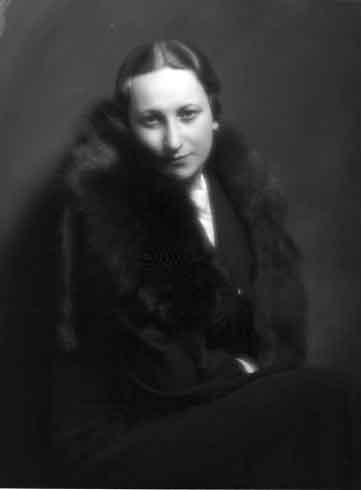
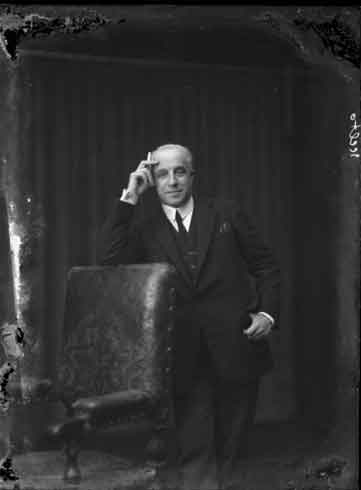
Emilio Sommariva, "Ritratto del commendatore Ettore Modigliani, soprintendente all'arte medioevale e moderna per la Lombardia (1910-1939) e direttore della Pinacoteca di Brera (1908-1934)", 1923-1924
Enhancement and bibliography
In November 2004, a monograph edited by Nomos Editions was published by Giovanna Ginex,. Divine. Emilio Sommariva fotografo. Opere scelte 1910 – 1930.
This volume collects and analyzes sommariviani portraits of female protagonists of the world of culture and entertainment in the context of international art photography of the time.
Bibliography
Emilio Sommariva. Mostra dei suoi quadri, Catalogo della mostra, Galleria Rastellini – Via Brera 4, Milano 1950
Carlo Bertelli, Obiettivo aperto in Brera. Notizie della Pinacoteca, Inverno 1982, Milano 1982
Nicolas Monti e Mario Quadraroli, a cura di, Emilio Sommariva, Catalogo della mostra, Comune di Lodi – Assessorato alla Cultura, Lodi 1984
La grande Milano tradizionale e futurista. Marinetti e il futurismo a Milano, catalogo della mostra tenutasi a Milano, Palazzo di Brera, edizioni De Luca, Roma 1995
Giovanna Ginex, Il fondo fotografico Emilio Sommariva, fotografo a Milano e Il Fondo Sommariva in Tiziana Serena, a cura di, Per Paolo Costantini. Indagine sulle raccolte fotografiche, Quaderni IX, Centro di Ricerche Informatiche per i Beni Culturali, Scuola Normale di Pisa, Pisa 1999, vol. II
Gianna Piantoni e Anne Pingeot, a cura di, Italie 1880 – 1910. Arte alla prova della modernità, catalogo della mostra tenutasi a Roma, Galleria Nazionale d’Arte Moderna, 22 dicembre 2000 – 11 marzo 2001 e a Parigi, Musée d’Orsay, 9 aprile – 15 luglio 2001, Umberto Allemandi, Torino 2000, pubblicato anche in versione francese col titolo: Italies 1880 – 1910. L’art italien à l’épreuve de la modernité, Paris, Édition de la Réunion des Musées Nationaux, 2001
Alberto Manodori, a cura di, Disegnare con la luce. I fondi fotografici delle biblioteche statali, Retablo, Roma 2002
Giovanna Ginex, a cura di, Divine. Emilio Sommariva fotografo. Opere scelte 1910 – 1930, Nomos Edizioni, Busto Arsizio 2004
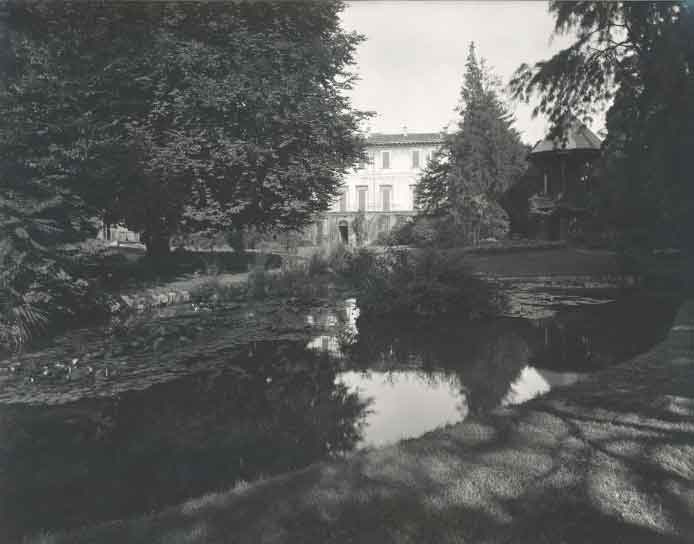
Emilio Sommariva, "Il giardino Melzi d'Eril in via Principe Umberto 7 (oggi via Turati 7) a Milano", 1925





